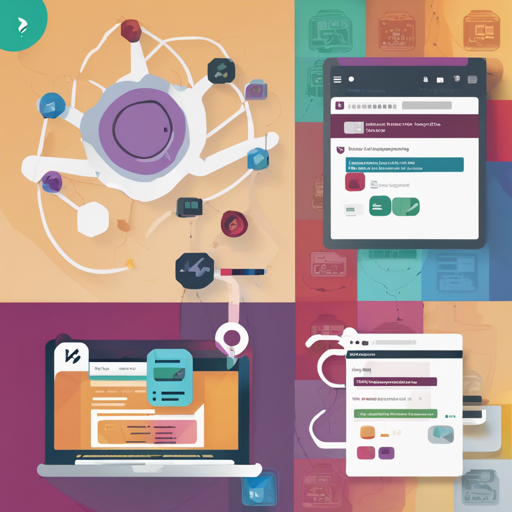The Slack SDK for Java is your go-to toolkit for building powerful Slack apps in a Java-friendly manner. This framework allows developers to craft both simple and sophisticated applications quickly and efficiently. In this guide, we’ll walk through the essentials of using the Slack SDK, helping you set up and troubleshoot your project seamlessly.
Understanding the Slack SDK for Java
The Slack SDK for Java supports the creation of Slack applications using Java and is compatible with JVM languages like Kotlin, Groovy, and Scala. The SDK consists of two primary modules:
- Bolt for Java: This framework provides an easy and efficient way to write modern Slack apps, allowing you to concentrate on core functionalities without getting bogged down by trivialities.
- Slack API Client: Ideal for when you need a more customized approach for calling Slack APIs within your existing services.
Setting Up Your First Slack App
Ready to dive in? Let’s get started with setting up a simple Slack app using Bolt for Java. Below is a code snippet demonstrating the necessary components to run a basic app.
javapackage hello;
import com.slack.api.bolt.App;
import com.slack.api.bolt.jetty.SlackAppServer;
public class MyApp {
public static void main(String[] args) throws Exception {
// App expects env variables (SLACK_BOT_TOKEN, SLACK_SIGNING_SECRET)
App app = new App();
app.command("hello", (req, ctx) -> {
return ctx.ack(":wave: Hello!");
});
SlackAppServer server = new SlackAppServer(app);
server.start();
}
}Code Breakdown: An Analogy
Think of the above code as setting up a small coffee shop.
- App app = new App();: This is akin to getting your storefront ready. It establishes the environment in which your coffee shop operates—creating a friendly space.
- app.command(“hello”, …);: Here, you’re defining the “hello” command just like creating a menu item—what customers will request when they visit your coffee shop.
- SlackAppServer server = new SlackAppServer(app);: This finalizes your setup and opens the doors to your customers, making your coffee shop operational!
Running Your App in Socket Mode
If you wish to operate in Socket Mode, the setup is slightly different:
javapackage hello;
import com.slack.api.bolt.SocketModeApp;
import com.slack.api.bolt.App;
public class MyApp {
public static void main(String[] args) throws Exception {
// App expects an env variable: SLACK_BOT_TOKEN
App app = new App();
app.command("hello", (req, ctx) -> {
return ctx.ack(":wave: Hello!");
});
// SocketModeApp expects an env variable: SLACK_APP_TOKEN
new SocketModeApp(app).start();
}
}Utilizing the Slack API Client
The Slack API Client simplifies making requests to various Slack APIs. Here’s how to send a simple message:
java
import com.slack.api.Slack;
import com.slack.api.methods.response.chat.ChatPostMessageResponse;
Slack slack = Slack.getInstance();
String token = System.getenv("SLACK_TOKEN");
ChatPostMessageResponse response = slack.methods(token).chatPostMessage(req -> req
.channel("C1234567") // Channel ID
.text(":wave: Hi from a bot written in Java!")
);
Troubleshooting Common Issues
If you encounter issues while developing your Slack application, here are some troubleshooting steps:
- Ensure that you have the correct environment variables set, especially
SLACK_BOT_TOKENandSLACK_SIGNING_SECRET. - If your app doesn’t respond as expected, verify that you’re using the correct command syntax in Slack.
- For network-related errors, check your internet connection and ensure your server is correctly configured.
For additional insights or to collaborate on AI development projects, stay connected with fxis.ai.
Conclusion
The Slack SDK for Java provides a robust framework for developing Slack applications. With its user-friendly setup and flexibility, you can create applications that enhance teamwork and productivity.
At fxis.ai, we believe that such advancements are crucial for the future of AI, as they enable more comprehensive and effective solutions. Our team is continually exploring new methodologies to push the envelope in artificial intelligence, ensuring that our clients benefit from the latest technological innovations.

